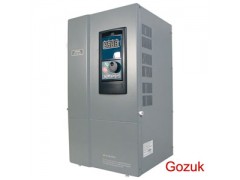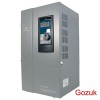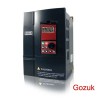Choosing well-designed, robust variable frequency drive cables ensures motor uptime and reliability of the variable frequency drive system and also provides protection for any sensitive instrumentation and adjacent control systems. Do you need a line running between the VFD and motor to carry brake signals (for slowing down or stopping the motor when necessary) or for thermal monitoring?
Another way to accomplish the same thing is to run your current loop to only the first VFD and then use the first VFD's analog speed output signal to feed the second VFD speed input, then use the second VFD's analog speed output to feed the third VFD speed input and so on. Your VFDs have to have an analog speed output in order to do this, obviously. Actually, it would be slightly better if each VFDs' analog output could be reassigned to repeat the speed input but only a few VFDs have this capability.
When a motor larger than a 315 frame size (about 160kW) is to be operated via variable frequency drive, it is recommended to use insulated bearings to eliminate the effects of capacititive leakage currents that flow from the rotor to the stator which arc on the rolling elements and create minute pit holes which cause bearing failure. These currents are the result of the high voltage peaks on the VFD PWM waveform coupled with the stray capacitances within the motor.




 Company
Company